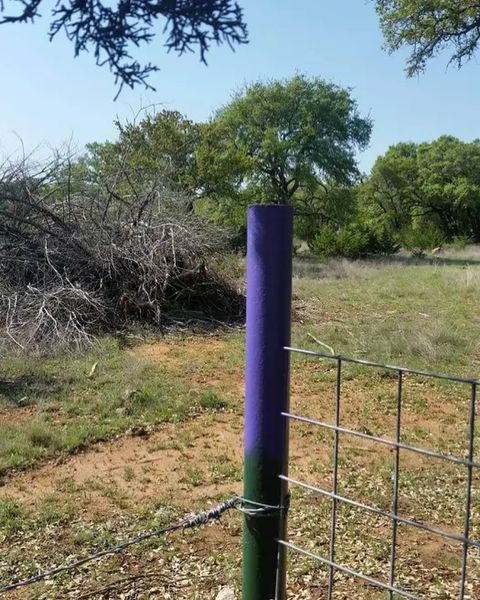If you ever go out for a hike or a walk through the countryside, you’ll likely see all different kinds of fences, from chain link to picket to the three-board variety. But there is one fence that if you see it, you should turn around and go back in the direction you came from. Those fences have posts that are painted purple.
You might encounter one and think that it is just the owner’s way of decorating their enclosure, but that’s not at all the case – the color has an important meaning
Because “No Trespassing” signs can easily fall down, many landowners choose to instead just paint their posts. And in 16 states, there are actually laws that state that using the purple paint is equivalent to putting up “No Trespassing” signs.
More importantly, those Purple Paint Laws are also used as a warning to hunters, alerting them that hunting is prohibited in that area. With over 1,000 hunting accidents injuring or killing people each year, landowners want to keep their families, pets and animals safe, and use purple posts to do so. There is even a specific paint color they use, aptly called “No Hunting Purple.”
The first Purple Paint Law was passed in Arkansas in 1987, with subsequent legislature following suit in Texas, Illinois, Indiana, Missouri, North Carolina, South Carolina, Tennessee, Maine, Florida, Idaho, Montana, Alabama, Arizona, Pennsylvania and Kansas. Many states at first required both signs and paint, but after some time, the local governments felt there was enough awareness of what the paint color meant and no longer required the signage as well.
However, plenty of people don’t understand the meaning of the purple posts, so it is important for the safety of both landowners and would-be accidental trespassers, that word gets out about the significance of purple fence posts.
